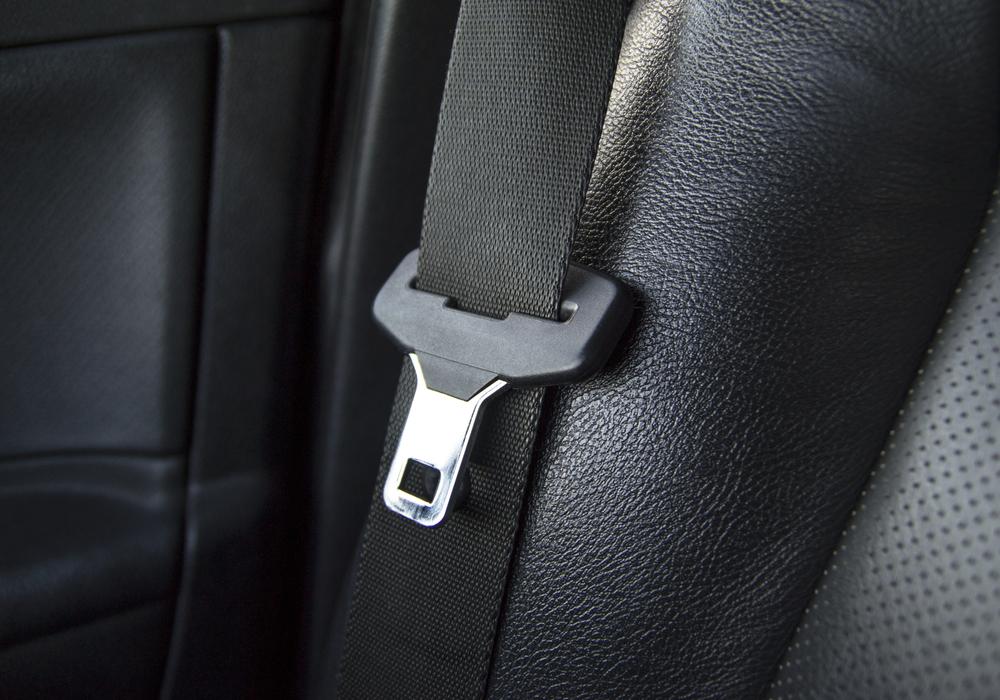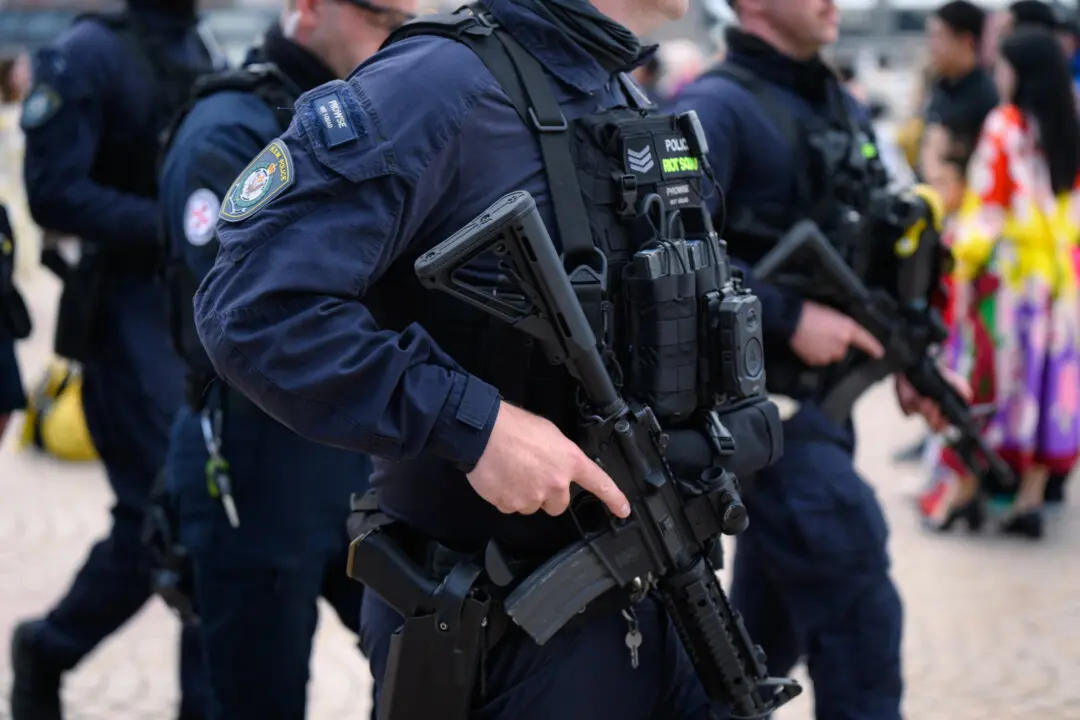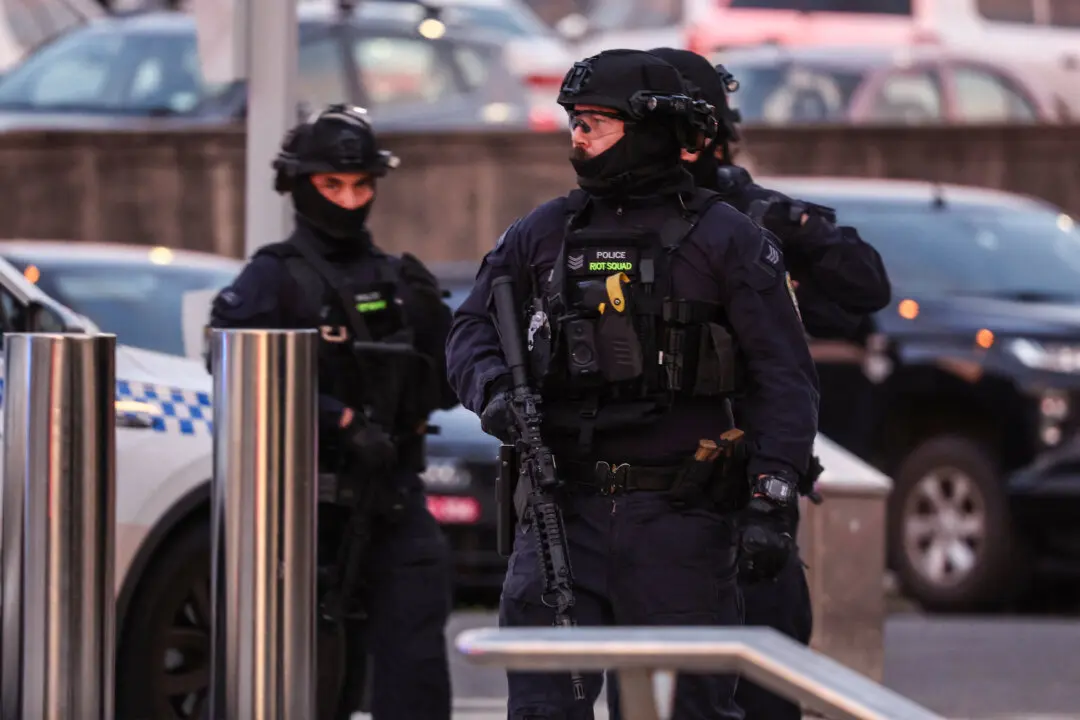The deadly New South Wales (NSW) bus crash has rekindled debate about seatbelt laws and a national approach to compliance.
Ten people were killed and dozens more injured on Sunday night when a coach carrying wedding guests tipped over and crashed into a guardrail in the Hunter Valley of NSW.





